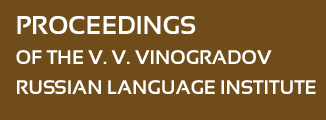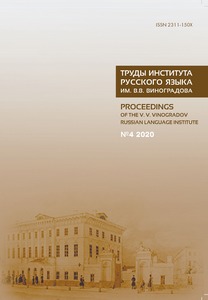TERMINOLOGICAL (IN)CONSISTENCY
Abstract:
One of the consequences of interdisciplinarity inherently typical of linguistics is confusion of notions belonging to different levels/realms and, as a result, terminological inadequacy in describing phenomena different in nature, cf., [j], a consonantal variant of the /[j] — [i]/ phoneme, classified with resonants defi ned as “sounds” acoustically close to both consonants and vowels. Another example of terminological ambiguity is syllable, being (a) a structural unit, a combination of consonant and vowel phonemes (/C/ + /V/), on the one hand, and, on the other, (b) a phonetic ([CV]) sequence of “contoids” and “vocoids”. The latter are inventory/paradigmatic units in isolating languages, erroneously categorized as syllabic, while it is phonemic languages where inventory units combine into syllables. Likewise, the terms “length” and “quantity” tend to be used as synonyms (the latter denoting phonetic duration as well). The mixing of terms to denote fundamentally different phenomena has taken place throughout most of the history of linguistics. But description of a language system and its functioning presupposes terminological consistency in designating the units and rules specific to each level, which collectively make up the algorithm of its functioning.


